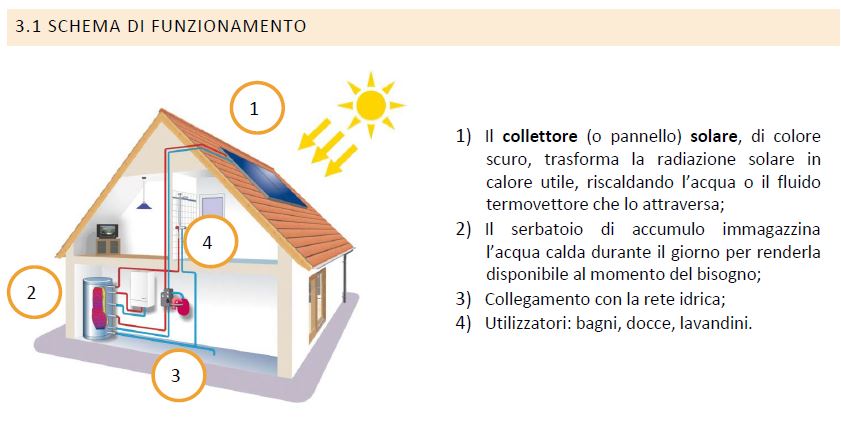Solar thermal plant

A solar plant, also known as a solar power plant, is a large-scale facility that generates electricity by harnessing the energy of the sun. The solar plant consists of a large array of solar panels or photovoltaic (PV) cells that convert sunlight into electricity.
There are two main types of solar power plants: photovoltaic and solar thermal. Photovoltaic solar plants use panels made up of solar cells that convert sunlight directly into electricity. In contrast, solar thermal plants use mirrors or lenses to focus sunlight onto a heat transfer fluid, which then generates steam that drives a turbine and generates electricity.
Solar plants can be built in many different sizes, from small-scale systems for individual homes to massive utility-scale facilities capable of powering entire cities. They are becoming increasingly popular as a source of renewable energy due to their low environmental impact and the fact that sunlight is a free and abundant resource.
One of the main advantages of solar plants is that they produce electricity with no greenhouse gas emissions or air pollution, making them a clean and sustainable alternative to fossil fuels. However, solar plants do require a significant upfront investment and may face challenges with intermittency, as they only produce electricity during daylight hours and may be affected by weather conditions.
- Last updated on .

